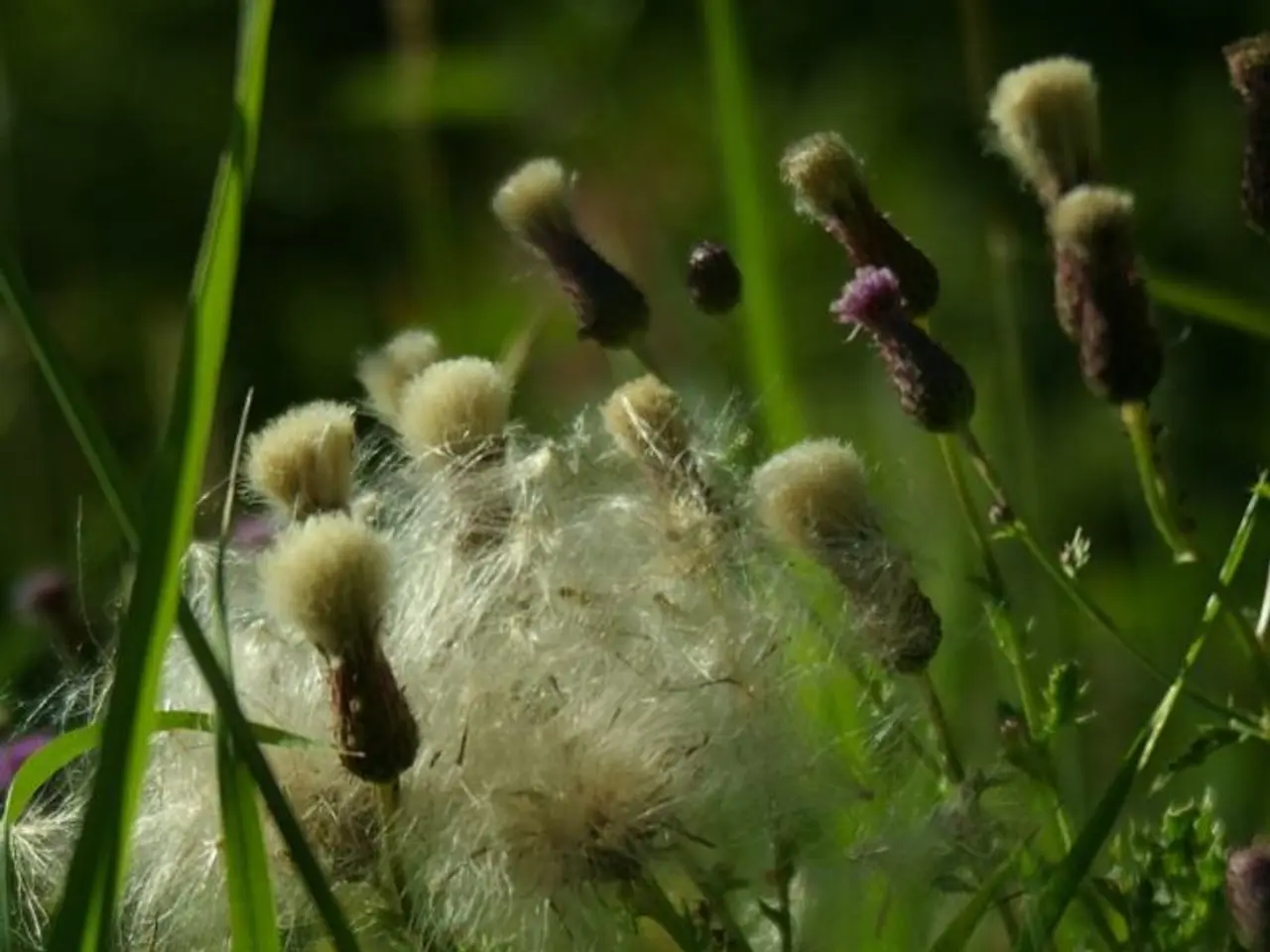Optimizing Fertilization: Important Timing for Vibrant Garden Growth
Maintaining a lush and healthy lawn is a goal shared by many homeowners, and understanding the importance of choosing the right fertilizer is crucial in achieving this goal. Here are some tips to help you make informed decisions when it comes to selecting and applying fertilizers.
**1. Identify Your Lawn's Needs**
Different grass types have varying nutrient requirements. Cool-season grasses, such as Kentucky bluegrass and fescue, thrive with nitrogen-rich fertilizers during the spring and fall, while warm-season grasses, like Bermuda grass and Zoysia, benefit from phosphorus and potassium during the summer months. To ensure you're providing the correct nutrients, it's essential to perform a soil test to determine nutrient deficiencies and pH levels.
**2. Choose the Right Fertilizer**
Fertilizers can be organic or synthetic, each with its advantages and disadvantages. Organic fertilizers, derived from natural sources like compost and manure, promote soil health and microbial activity, making them ideal for long-term sustainability and improving soil structure. Synthetic fertilizers, on the other hand, provide quick nutrient release, making them suitable for fast correction of nutrient deficiencies.
It's also essential to consider the NPK (Nitrogen, Phosphorus, and Potassium) ratios when selecting a fertilizer. Nitrogen is crucial for green growth and leaf development, phosphorus is vital for root development and flower formation, and potassium is important for overall plant health and resistance to disease. Matching the NPK ratio to your lawn's needs based on soil test results is essential for optimal grass health.
**3. Fertilizer Application Techniques**
Granular fertilizers provide nutrients over time, reducing the need for frequent applications, while liquid fertilizers offer immediate nutrient availability. When applying granular fertilizers, use a broadcast spreader to ensure even coverage. Liquid fertilizers can be applied using a backpack sprayer or hose-end sprayer for efficient application. Combining granular and liquid fertilizers, known as spoon feeding, can provide both slow release and quick boosts between applications.
**4. Seasonal Considerations**
The time of year plays a significant role in fertilizing your lawn. In the spring, use high-nitrogen fertilizers for lush green growth. During the summer, opt for balanced or low-nitrogen fertilizers to avoid stress. In the fall, apply phosphorus-rich fertilizers to enhance root development.
**5. Safety and Environmental Considerations**
Choose fertilizers with a low salt index to prevent soil salinization and consider the environmental impact of your fertilizer choice. Opt for options that are more sustainable to minimise harm to the environment.
By following these guidelines, you can maintain a healthy and vibrant lawn throughout the year. Adding organic matter like compost or manure can improve soil structure and retain moisture and nutrients. Slow-release fertilizers improve soil structure and health over time. Matching the NPK ratio to your lawn's needs based on soil test results is important for optimal grass health. Watering the lawn immediately after fertilizing helps the fertilizer penetrate the soil and reach the roots. Liquid fertilizers offer immediate nutrient availability, while granular fertilizers release nutrients slowly.
Container plants require frequent feeding due to nutrients washing out faster, making liquid fertilizers ideal. Granular fertilizer should be applied 3-4 times a year, aligning with the grass type's growth cycles. Fertilizer labels display NPK ratios, which indicate the percentage of nitrogen, phosphorus, and potassium. Synthetic fertilizers provide nutrients quickly but can be harsh on the environment, while organic fertilizers do not use chemical compounds but may take longer to provide nutrients. Micronutrients like iron, manganese, and zinc are also important but needed in smaller amounts.
Using a broadcast spreader ensures an even spread of granular fertilizer. Applying fertilizer at the right time of day, such as early morning or late evening, helps prevent grass burn. Fertilizing in late fall helps the lawn recover from summer stress and prepares it for winter.
Glen, a gardening expert with over 15 years of experience in garden maintenance, design, and landscaping services, creates helpful content for a blog, providing guides on using garden fungicides, picking candy cane peppers, and picking watermelons. His latest posts are a testament to his dedication to helping homeowners maintain their gardens and lawns.
- To achieve a thriving garden and beneficial soil structure, consider integrating compost and manure as popular organic fertilizers into your home-and-garden lifestyle.
- When gardening, be mindful of your lawn's seasonal needs by using high-nitrogen fertilizers in the spring for lush green growth, while in the fall opt for phosphorus-rich fertilizers to enhance root development in your home-and-garden projects.



